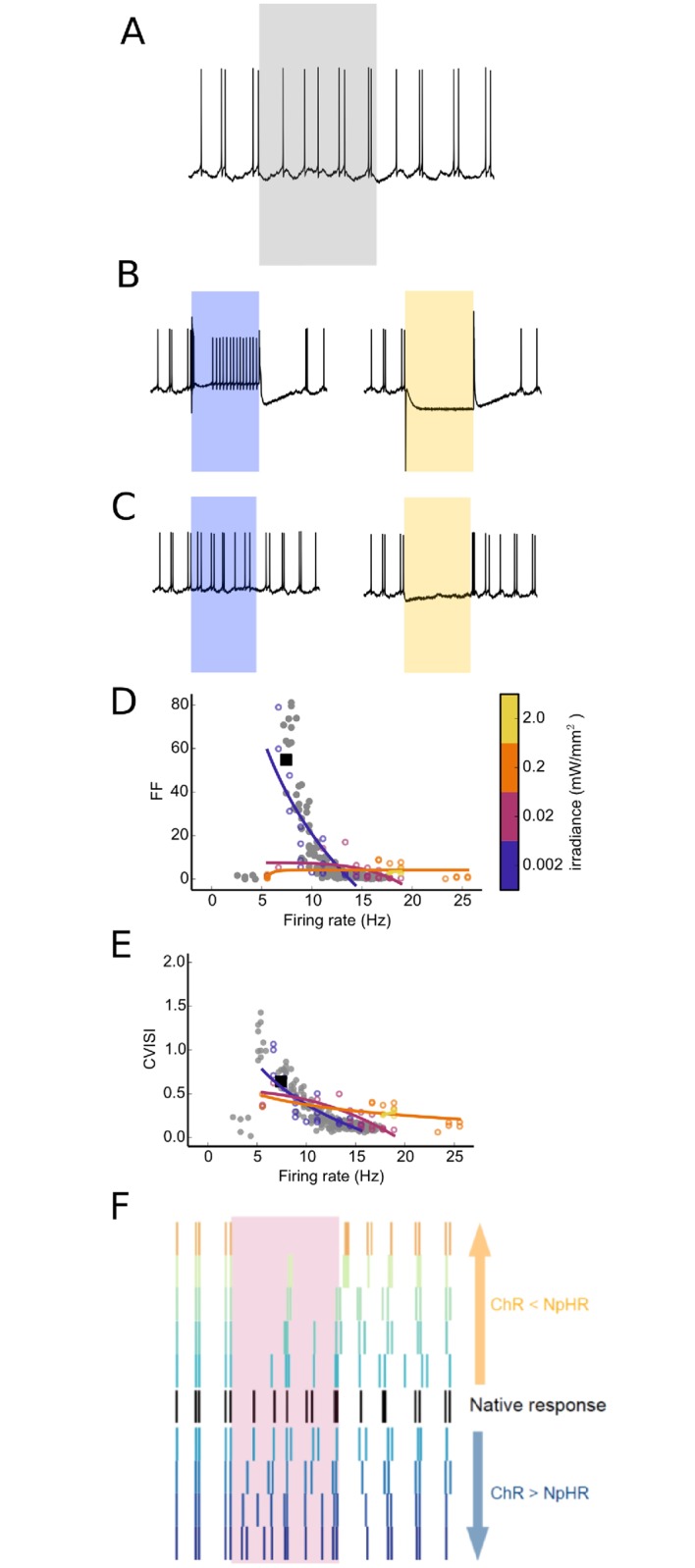Fig 4. Subthreshold responses are preserved by low-level illumination.

(A) The native response of L5PC when driven by presynaptic inputs of a fixed rate. Grey background indicates the time during which we wish to increase or decrease the firing rate; (B) Voltage traces Vsoma when driven by high-level illumination (irr = 2mW/mm2) for ChR2 (blue) or NpHR (orange) show clear increase or ablation of the firing rate. However, the membrane potential and spike train characteristics both during and post photoactivation are not naturalistic; (C) Instead, low-level illumination preserves subthreshold dynamics, minimally interfering with the subthreshold responses both during and post the activation periods (irr = 0.002mW/mm2); (D,E) Quantifying spiketrain perturbances using the Fano factor (FF) and coefficient of variation of the interspike intervals (CVISI) during photoactivation as illumination strengths were increased. The FF and CVISI of the original response for firing rates as the presynaptic rates were varied (grey dots) as well as the sample plot shown in A (black dot) indicate the natural distribution of FF of the neuron’s response. Optical activation of the neuron when driven by presynaptic inputs over a range of xNpHR values while varying illumination strengths show that lower illumination strengths (blue) most closely match the FF of the natural cell and therefore minimally disturb the spike train; (F) The spike trains during the illumination period as xNpHR is varied for low-level illumination (irr = 0.002mW/mm2) shows a smooth continuum of responses, as well as minimal disturbance to the post-stimulation spike trains.
